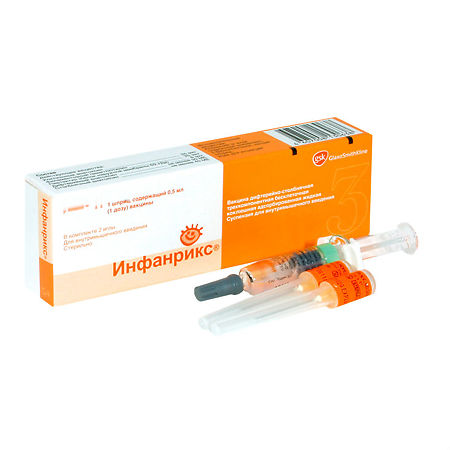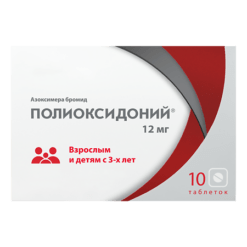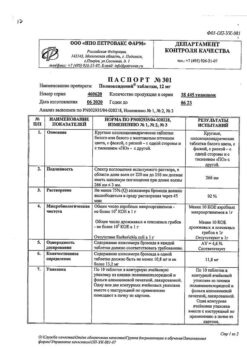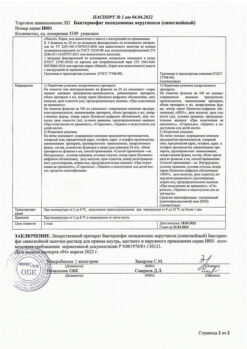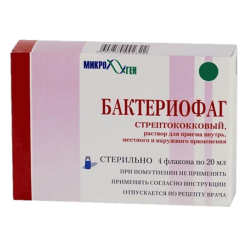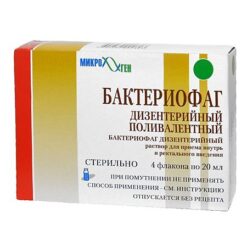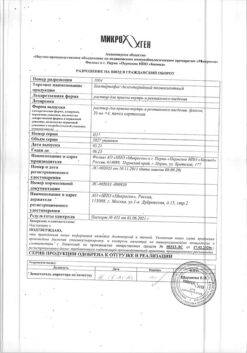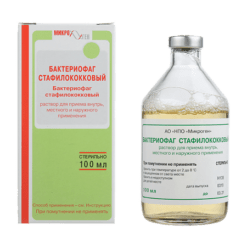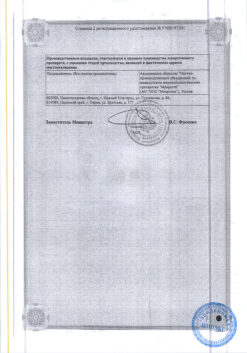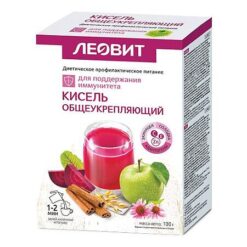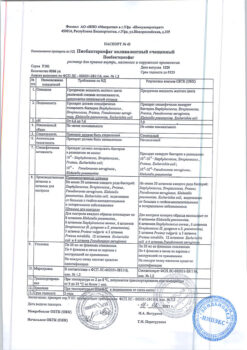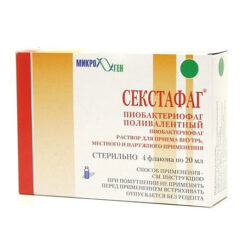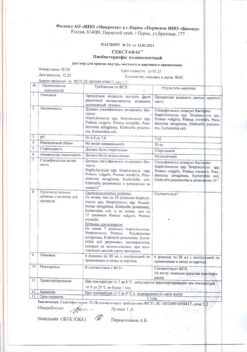No products in the cart.
Infanrix, 0.5 ml
€1.00
Out of stock
(E-mail when Stock is available)
Description
Infantrix is a vaccine against diphtheria, tetanus, and pertussis.
The immune response to the initial immunization
1 month after a three-dose course of primary vaccination given in the first 6 months of life, more than 99% of children immunized with Infanrix vaccine have antibody titers for diphtheria and tetanus anatoxins greater than 0.1 IU/ml. Antibodies to pertussis antigens (pertussis anatoxin /KA/, filamentous hemagglutinin /FHA/ and pertactin) are produced in more than 95% of vaccinated children.
The immune response to revaccination
After revaccination with Infanrix vaccine at 2 years of life (13-24 months), all children who were initially immunized with Infanrix vaccine have antibody titers of greater than 0.1 IU/ml for diphtheria and tetanus anatoxins.
Secondary immune response to pertussis antigens is seen in more than 96% of children.
The protective efficacy of the vaccine reaches an average of 88%.
Indications
Indications
Active ingredient
Active ingredient
Composition
Composition
Active substances:
Diphtheria anatoxin, not less than30 IU;
tetanus toxoid40 IU;
Pertussis anatoxin (CA)25 µg;
filamentous hemagglutinin (PHA)25 µg;
outer membrane protein (pertactin) with a molecular weight of 69 kD8 µg;
Excipients:
Aluminum (as hydroxide) – 0.5 mg;
2-phenoxyethanol – 2.5 mg;
sodium chloride – 4.5 mg;
water for injection – up to 0.5 ml
How to take, the dosage
How to take, the dosage
Intramuscularly, deeply, alternating injection sites during the vaccination course.
The recommended dose is 0.5 ml. The course of primary immunization consists of 3 doses of the vaccine administered in accordance with the National Immunization Calendar of Russia at 3; 4.5 and 6 months of life; revaccination is carried out at 18 months.
Before administration the bottle should be shaken well until the formation of a homogeneous turbid suspension, make sure that there are no foreign substances, unbreakable flakes or changes in appearance (if any, the vaccine is not suitable for use).
The vaccine should never be given by injection under any circumstances!
Interaction
Interaction
In accordance with the rules adopted in Russia, Infantrix® can be administered simultaneously (on the same day) with other vaccines of the National Preventive Immunization Calendar and inactivated vaccines of the Preventive Immunization Calendar for epidemic indications. In this case, the other vaccines should be administered in other areas of the body.
The Infantrix® vaccine may be mixed with Hyberix® (Haemophilus influenzae type b vaccine). The diluent that comes with the Hiberix® vaccine should be replaced with Infantrix® vaccine.
Special Instructions
Special Instructions
Before vaccination, the child’s medical history should be reviewed, paying attention to previous vaccine administration and any associated adverse reactions, and an examination should be done.
Injection of the vaccine should be delayed if the child has an acute illness with fever. In cases of mild infectious disease, the vaccination can be given after the fever has returned to normal.
As with any other vaccine, everything necessary to treat a possible anaphylactic reaction to Infantrix® should be taken into care. Therefore the vaccinated person should be under medical supervision for 30 minutes after immunization.
Infantrix® should be used with caution in patients with thrombocytopenia or clotting disorders, since in such patients the intravenous injection may cause bleeding. To prevent bleeding, the injection site should be pressed for at least 2 minutes without rubbing.
HIV infection is not a contraindication to vaccination.
If the vaccine is given to patients on immunosuppressive therapy or to patients with immunodeficiency states, an adequate immune response may not be achieved.
The following conditions are contraindications to the administration of whole cell DPT vaccines and may be considered as general precautions for Infantrix® vaccine administration:
In children with progressive neurologic disorders, including infantile spasms, uncontrolled epilepsy, or progressive encephalopathy, administration of the pertussis component vaccine (whole-cell or cell-free) should be delayed until stabilization. The decision to administer pertussis vaccine must be made on an individual basis after careful assessment of benefits and risks.
The presence of a history of febrile seizures, as well as a family history of seizures, is not contraindicated, but requires special attention.
The potential risk of apnea and the need to monitor respiratory function for 48-72 hours during the initial vaccination of children born prematurely (⤠28 weeks gestation) and especially those with respiratory distress syndrome should be considered. Because of the need to vaccinate this group of children, vaccination should not be delayed or withheld.
Contraindications
Contraindications
Side effects
Side effects
Clinical Studies
The safety profile below is based on data from more than 11,400 patients.
Infantrix® vaccine revaccination doses at 18 months showed an increased incidence of local reactions and fever.
Children who have been vaccinated with the cell-free pertussis vaccine are more likely to develop injection site edema after the revaccination dose compared to children who have received the primary vaccination with the whole-cell vaccine. These reactions resolve on their own within 4 days.
Frequency determination of adverse reactions: very common (â¥10%), common (â¥1%, <10%), rare (â¥0.1%, <1%), very rare (<0.01%, <0.1%).
Lymphatic system disorders: very rare – lymphadenopathy1.
Nervous system and mental system: very often – irritability, sleepiness; often – anxiety2, unusual crying; sometimes – headache1.
Respiratory system: sometimes – cough1, bronchitis1, rhinitis, pharyngitis.
In the digestive system: often – loss of appetite2, diarrhea, vomiting.
Dermatological reactions: often – itching; sometimes – rash; rarely – urticaria, dermatitis.
General and local reactions: very common – redness, swelling at the injection site (⤠50 mm), fever â¥38°C; common – soreness2, swelling at the injection site (> 50 mm); sometimes – thickening at the injection site, feeling of fatigue1, fever â¥39.1°C, diffuse edema at the injection site, in some cases including nearby tissue.
Postmarketing observations
Hematopoietic system: thrombocytopenia3.
Allergic reactions: hypersensitivity reactions, angioedema, anaphylactic and anaphylactoid reactions.
Nervous system disorders: collapse or shock-like state (hypotensive-hyporesponsive episode), seizures (with or without fever) for 2-3 days after vaccine administration.
Respiratory system: apnea.
Local reactions: swelling at the injection site.
Others: very rare – otitis media.
1 – only when a revaccinating dose is given.
2 -very often when a revaccinating dose is given.
3 – described for vaccines containing diphtheria and tetanus anatoxin.
Additional information
| Manufacturer | GlaxoSmithKline Biologics, France |
|---|---|
| Medication form | suspension |
| Brand | GlaxoSmithKline Biologics |
Related products
Buy Infanrix, 0.5 ml with delivery to USA, UK, Europe and over 120 other countries.

